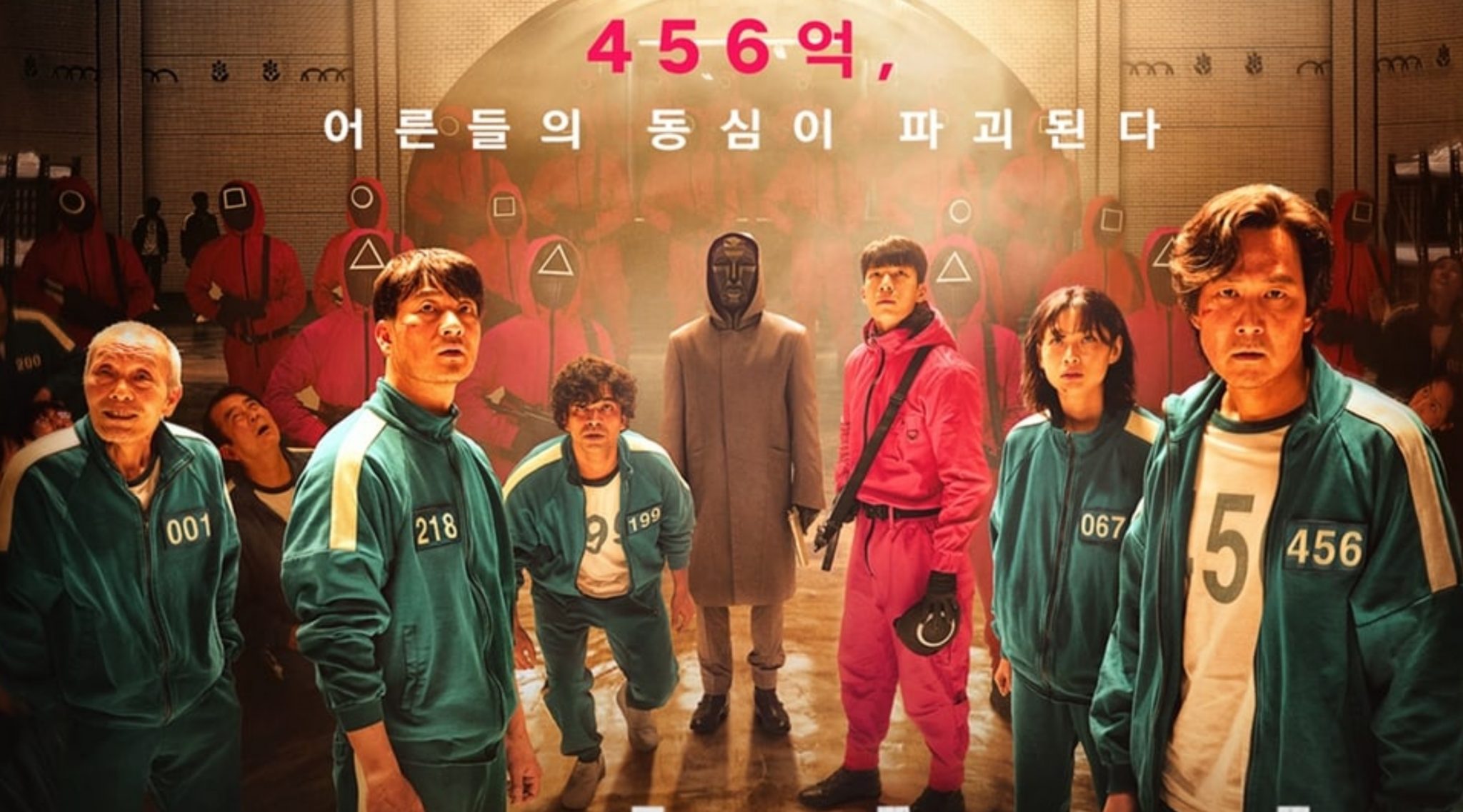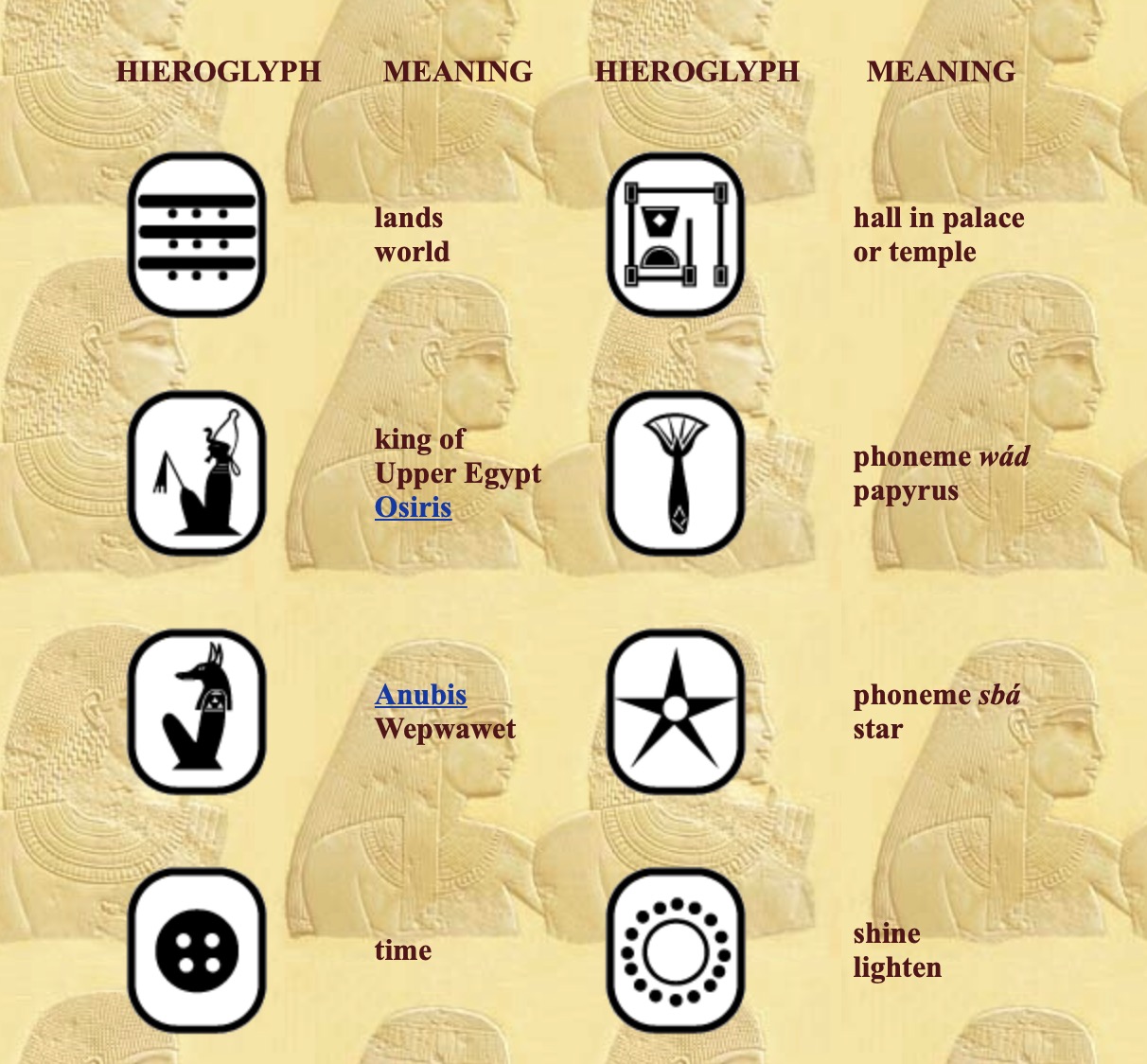Without knowing any context, would you be able to tell what TV drama I described in my emoji story? Only 10 seconds count down.

10
9
8
7
6
5
4
3
2
1
Time is up!

The answer is Squid Game, a South Korean survival drama television series streaming on Netflix. As of October 16, 2021, Squid Game has made its way to the top 10 most-watched shows on Netflix (Forbes, 2021). Within the show, there are 6 games, I described the 6th game – the squid game using as many emojis as I can find.
I intentionally left out words, provided no hints, simply used whatever emojis available on Sougou Keyboard, it is a bi-lingual (English & Chinese) keyboard equipped with emoji art and funny stickers. When I type “squid” then the keyboard will populate a squid emoji. However, only very specific words have emojis. As a matter of fact, the majority of vocabularies, words, and expressions don’t have emojis. That is also why I couldn’t further explain the rules of the game. If you haven’t watched the show or haven’t heard of the show at all, then it is almost impossible for you to guess the right answer. The same thing happens to me when I was reviewing Nataliia Kydryk’s emoji story, I could only grasp a very rough idea that this must be a love story. Other than that, I couldn’t dig out any more precise information about this story.
I believe if Nataliia and myself were allowed to use both visual and textual communication, we would be able to tell the story more vividly. Therefore, it sets me to think, how did writing originate in the first place, and how did we reach where we are today with so many choices of communication affordances.
From the beginning of this course, we learned the origins and forms of writing. Our ancestors created hieroglyphs which were preserved by inscriptions carved or painted on temple walls (Canadian Museum of History, n.d). In Egyptian writing, there was an intimate relationship between images and text, which can be found on wall-painting and papyrus (Davies, 1987).

Image retrieved from Canadian Museum of History
As you can see from the image, hieroglyph is more of visual communication technology. In my humble opinion, hieroglyph resembles today’s iconology, typology, and semiotics. Fast forward to the 21st century, companies are willing to spend fortunes in developing or changing picture signages, brand logos, or iconic figures. For instance, international airports need to create numerous signages to guide passengers. How to get to the departure gate, how to move from international arrival to domestic departure, where is the washroom, and so on. These signages need to consider passengers may come from various cultures, as a result, their perceptions may be different. To avoid confusion, you may find airport signages with texts in two or even three languages, with remediation of icons and images, all to deliver a more accurate and authentic communication.
If I could take this topic to the cultural perspective, I believe part of the reason is now we live in a more diverse community, in which we have to consider various cultural representations. Theoretically, only in the Utopian society, we don’t need to consider cultural differences, language barriers, or religious beliefs. We live in a materialistic and ever-changing society, thus we have to learn textual and visual communication.
In previous weeks, we learned ‘text is the technology’. Within this week, we delve deeper into the study of textual and visual forms of communication. Because we have reached the current stage when ‘the medium is the message’. In our media-saturated environment, we see how new digital media offers a more authentic and immediate experience than purely word texts (Bolter, 2001). For example, young generations like Millennials and Generation Z are fond of emojis and stickers. Why? If you ask me, my short answer is, these media allow them to communicate more precisely in terms of revealing feelings and emotions. On top of that, using visually appealing graphics and images would add more fun to the conversation. Perhaps many of you feel the same way too. I couldn’t speak on behalf of others, but personally, I use stickers to create a more friendly vibe when communicating with others virtually. Do you feel differently about these new digital media, and why?
References
Forbes. (2021). ‘Squid Game’ Dethroned in NetFlix’s Top 10 List by a New Show. Retrieved from here.
Canadian Museum of History. (n.d.). Mysteries of Egypt: Hieroglyphs. Retrieved from here.
Davies. N. M. (1987). Ancient Egyptian Paintings. The University of Chicago Press. Retrieved from here.
Bolter, J. D. (2001). Writing space: Computers, hypertext, and the remediation of print (2nd ed.). Mahwah, N.J: Lawrence Erlbaum Associates. doi:10.4324/9781410600110
nataliia kudryk
October 26, 2021 — 10:57 am
Hi Vera,
I have enjoyed reading your reflection. Thank you for mentioning my name in your post.
I also think that Egyptian hieroglyphs resemble modern-day iconology, typology, and semiotics. Moreover, they also remind me of emojis, which have originated in Japan. These days, a lot of people use them to communicate often blending Japanese popular culture with other cultures of the world.